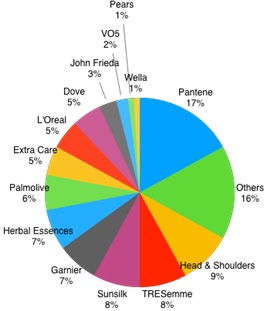Reference no: EM132196990
Problem 1
Deviations to Chick's Law
a) Derive the rate equation for this case.
b) Derive the performance equation for an ideal PFR
c) Derive the performance equation for an ideal CSTR
Problem 2
Given: As a newly hired process engineer, you are assigned to supervise operation of a chemical batch reactor to convert reactant "A" for which the concentration at any given time is determined by the formula shown below
CA = ζAD * exp(-kt)
Where each term is defined as shown below with the units in parentheses
CA (mole/L) = concentration of reactant "A" at any point in time
CAo (mole/L) = concentration of reactant "A" at time zero when the reactor is first started up
k(1/min) = the 'reaction rate constant- (this has a numerical value that does not change regardless of the concentration
t (min) = time
A series of experimental runs were conducted in the reactor where concentration of the reactant A was measured over time.
|
Time (min)
|
Concentration of Reactant A (mole/L)
|
|
Ron #1
|
Run#2
|
Run#3
|
|
0
|
1000
|
750 |
950 |
|
5
|
5913
|
489 |
534 |
|
10
|
357
|
235 |
306 |
|
IS
|
213
|
115 |
176 |
|
20
|
1214
|
75 |
94 |
|
25
|
76
|
30 |
54 |
|
30
|
46
|
12 |
37 |
Find:
a) Use the ANOVA test in Excel for these three concentration data sets. Discuss the statistical consistency of these three runs.
b) What would you recommend to management with regard to operation of this reactor based upon your findings in part a?
c) Bonus: Determine the reaction rate constant (k) for each of these experimental runs Hint: the natural log (In) of the exponential function negates the exponential function. So if we take the natural log of both sides of the rate equation creates a linear equation form as shown below.
ln CA/CAD = -kt
Problem 3
Steam in the condenser of a power plant is to be condensed at a temperature of 30°C with cooling water from a nearby lake, which enters the tubes of the condenser at 14°C and leaves at 22°C. The surface area of the tubes is 45 m2, and the overall heat transfer coefficient is 2100 W/m2" C.
The heat of vaporization of water at 30°C is 2431 Kj/Kg
a. Write the assumptions to solve the above mentioned problem.
b. Draw a schematic diagram oldie temperature profile.
c. Calculate the logarithmic mean temperature.
d. Determine the mass flow rate of the cooling water needed and the mass flow rate of condensation of the steam in the condenser
e. Determine effectiveness of the heat exchanger and calculate the number of transfer unit
f. If the diameter of the -inner tube is 15 cm determine the length of the heat exchanger.
Problem 4
The Roman natural philosopher. Pliny the elder, purportedly had an intermittent fountain in his garden.
As in the following figure:

Water enters a cylindrical tank at a constant flow rate Qin and fills until the water reaches yhigh. At this point water siphons out of the tank through a circular discharge pipe, producing a fountain at the pipe's exit. The fountain runs until the water level decreases to ylow whereupon the siphon fills with air and the fountain stops. The cycle then repeats as the tank fills until the water reaches yhigh and fountain flows again! When the siphon is running, the outflow Qout can be computed with the following formula based on Torricelli's law
Qout = C√(2gy Πr2)
Neglecting the volume of water in the pipe compute and plot the level of the water in the tank as a function of time over 100 seconds. Solve analytically first and then develop a Matlab program to solve it numerically using any method
Assume an initial condition of an empty tank y(0) = 0. Employ the following parameters for your computation:
RT = 0.05 m r = 0.007 m ylow= 0.025 m Yhigh = 0 1 m
C = 0.6 g= 9.81 m/s2 Qin= 50 x/10-6 m3/s